This article is written by Leverage Lab CEO AnnMarie Wills and originally appeared on Target Marketing.
Customer data platform (CDP) technology is capturing the attention of marketers and technologists for some very good reasons. CDP’s solve age-old data management issues that have hung around marketer’s necks like the proverbial albatross. The right CDP can help marketers realize the dream of true one-to-one marketing by powering deep personalization. CDP’s enable the unification and activation of customer knowledge across all marketing channels. Instead of spending our time trying to manhandle data across a myriad of systems, we can spend more time thinking about how to connect with people and align with their personal needs and tastes. Doesn’t that sound like more fun?
Marketers across all conceivable industry verticals — small to enterprise, B2B and B2C – are exploring how a CDP can add value and drive new revenue opportunities for their organizations. Though CDPs promise the ability to capitalize on a unified customer data set in theory, many curious marketers are still wondering how exactly a CDP can be used in practice. The key to the successful adoption of a CDP and its capabilities is a deep understanding of the use cases and how they apply to your organization. The use cases are varied and require strategic and organizational planning to realize the financial benefits.
In a series of posts across the next few months, we will evaluate real-world examples of CDP use cases. These use case stories come from the experiences of pioneer organizations that were early adopters and are now generating real value from their CDP investments. We’ll start here with an overview of those various use cases.
Data Management, First Party Data, and GDPR
Managing organizational marketing data, on its own, is a compelling use case for CDP technology. Reconciling and activating customer data in support of marketing use cases in a system that is fundamentally managed within the marketing organization is a powerful scenario. In addition, the CDP empowers marketers to build a first party data competency to improve the understanding of “known” and “unknown” audiences and users. You can then create more meaningful conversations both on and off your own site with users who are already engaged or re-engage dormant users. And a strong first party data set can power more informed targets for lookalike audiences in the “walled garden” platforms to engage new users. Layer in the ability to address the consent management, profile management, and security/portability requirements of GDPR and these use cases bring a lot of value to a CDP investment.
Account Based Marketing (ABM)
Not just another regurgitated sales methodology, account based marketing (ABM) is gaining in popularity particularly among technology and services marketers because it works. ABM is proven to net larger deals in shorter timeframes and gain a larger share of wallet from key accounts. We will examine how a CDP empowers marketers to deploy data-driven ABM programs by understanding the behavior and interests of the “buyer collective” within key target accounts to then deliver highly personalized campaigns.
Advertising Efficiency
Who wouldn’t like to increase the efficiency of their advertising spend? ROAS (return on advertising spend) is a key use case for CDP technology. CDP’s allow marketers to create more defined customer segments by leveraging data across all sources. Behaviors, interests, channel preferences, transactional details, and any additional data store are all activated for customer segmentation. The full activation of all first party data creates natural efficiency with zero waste of ad spend by delivering a focused message aligned and delivered to only your target audience. You can also leverage your highly defined customer segments in any of the off-site targeting platforms to put a sharper point on your lookalikes, increasing the efficiency of customer acquisition efforts.
Personalization and Orchestration
Right person, right message, right time, right channel. For most this seems out of reach, but basic CDP functionality combined with artificial Intelligence and machine learning is making real personalization and orchestrated customer communication a reality. As much as we like to think that a customer journey is the same for groups of customers, each person is unique and makes decisions in their own way. Does the future lie in predicting and orchestrating the right cadence and messages for each individual rather than formulating rules-based campaign activities for large groups? For some organizations embracing advanced features of a CDP, that future is now.
Data Productization
In this new world where all of your customer knowledge is living within one environment, there are new and unique insights waiting to be monetized. New benchmarks, scores, intent, or other measures could be derived or extracted from your new first party data set. Finding new ways to provide insight and drive revenue through data and analytics is possible with the right CDP strategy.
Over the next few weeks, we will explore these use cases in-depth, and more. The CDP category is evolving quickly as are the companies who were early adopters of CDP’s. Follow along in the coming weeks to learn from the successes of these early adopters and decide if a CDP is the right investment for your organization.







